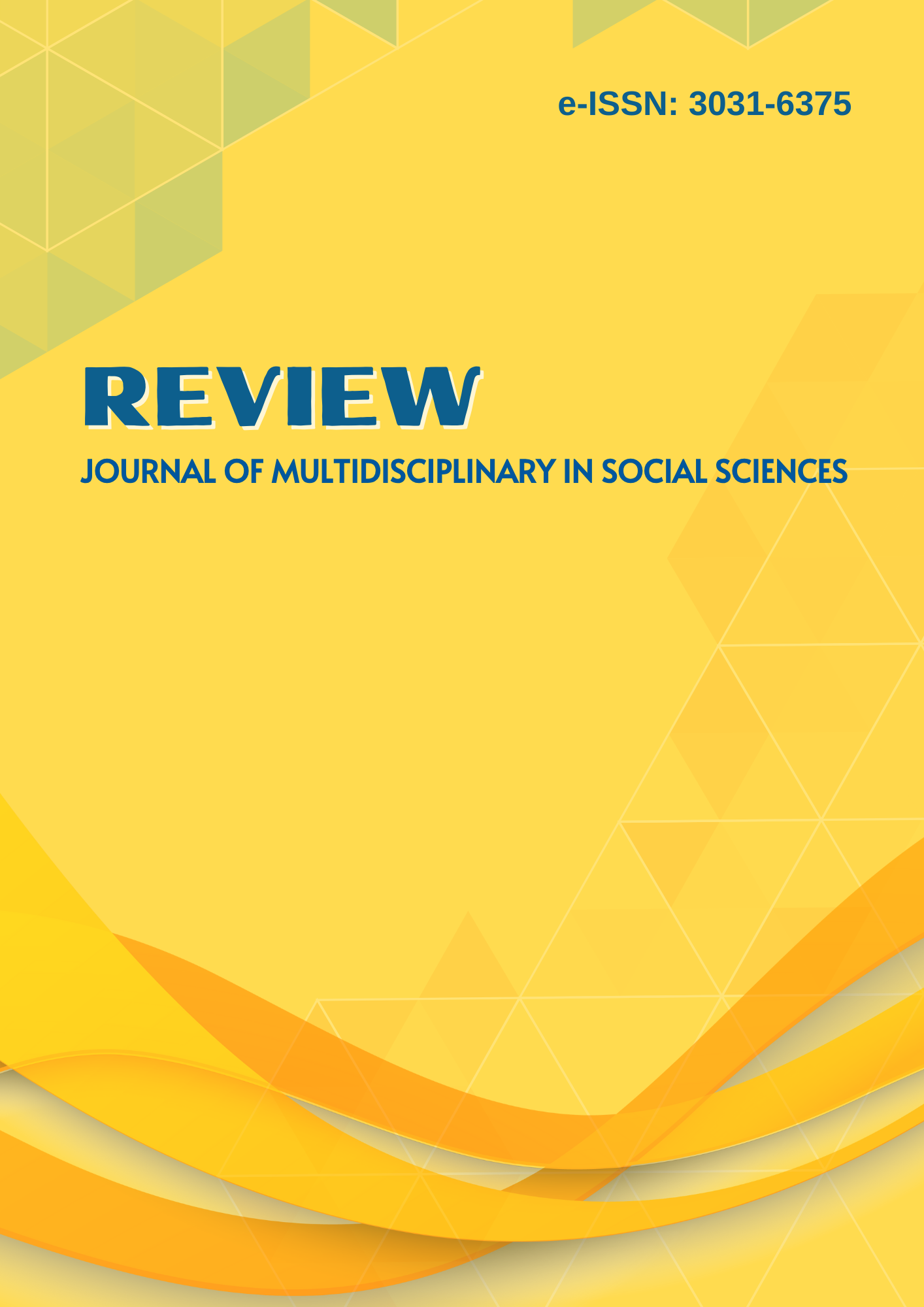Character-Based Leadership In Improving The Quality Of Higher Education Management
DOI:
https://doi.org/10.59422/rjmss.v2i05.1012Keywords:
character-based, leadership model, quality improvement, higher education institution, motivationAbstract
The leader has his own unique and distinctive nature, habits, temperament, character and personality so that his behavior and style distinguish him from others. This style or lifestyle will certainly color his behavior and type of leadership. Leadership is an aspirational force, a force of spirit, and a creative moral force, which is able to influence members to change attitudes, so that they are in line with the wishes and aspirations of the leader. In fact, a leader should be a figure who becomes a role model for those he leads. Some types of leadership in general are autocratic, charismatic, laissez-faire, democratic, to make quality improvements. But if every time and in every matter must give orders or directions, it will cause difficulties, because every time to do a good job it must be with the leader's orders, and if there are no orders from the leader, the job will not be done well, then continuous improvement in the quality of performance will be difficult to achieve. A leader motivates followers through a leadership style based on Indonesian local wisdom, namely a character-based leadership style. To achieve this, a leadership management style that integrates 18 character-building values into the leadership style of higher education institutions (PT) is needed, thereby achieving the vision and mission of the higher education institution.


